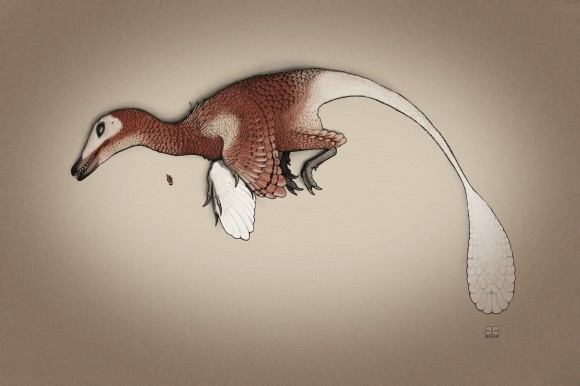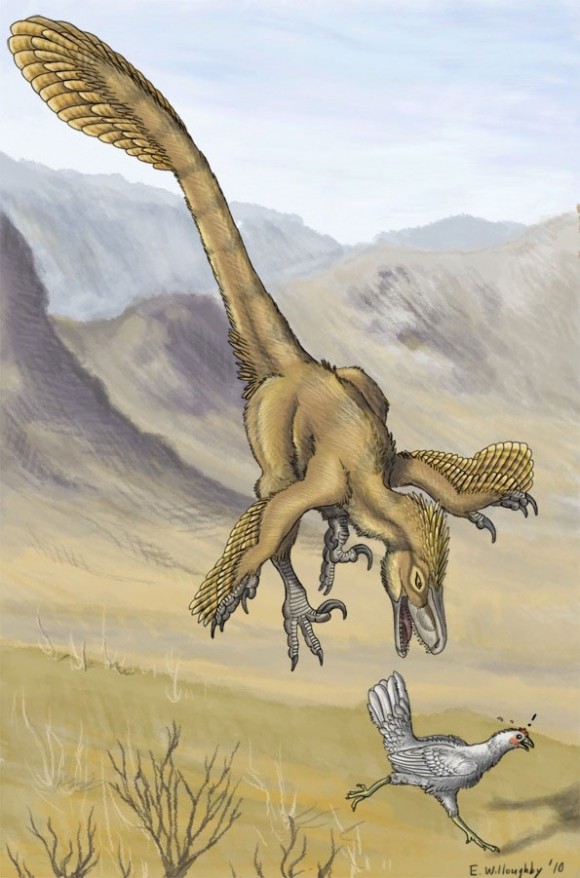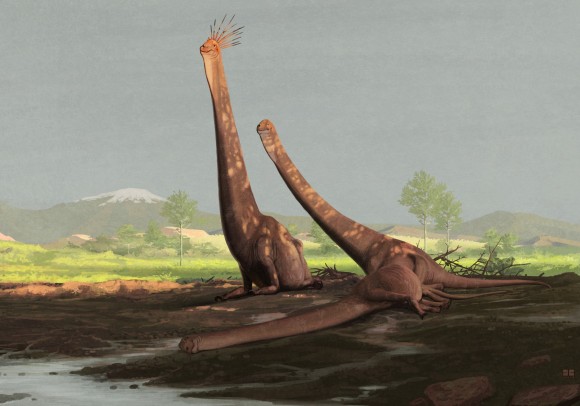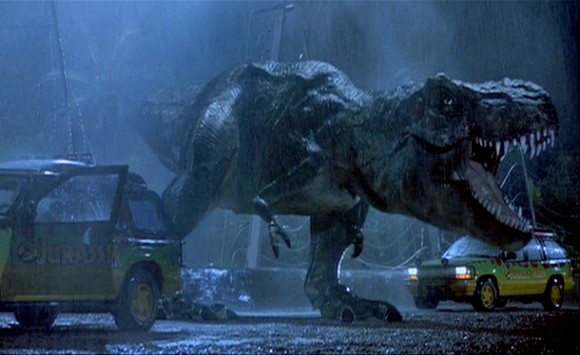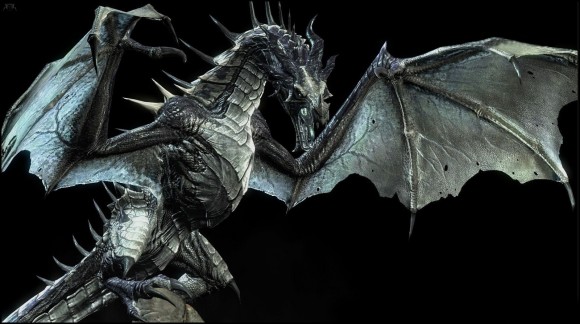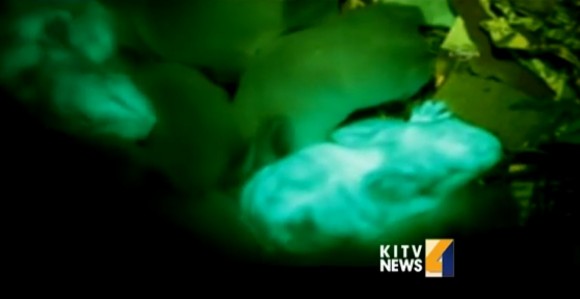A long, long time ago, I read a science fiction novel by the late novelist Michael Crichton (best known for his novel Jurassic Park), called Congo. The novel talks about a group of scientists who head out into the Congo jungle in search of diamonds but soon encounter interesting difficulties… The introduction to the novel starts off like this: “Only prejudice, and a trick of the Mercator projection, prevents us from recognizing the enormity of the African continent. Covering nearly twelve million square miles, Africa is almost as large as North America and Europe combined. It is nearly twice the size of South America.” These size comparisons might seem rather astounding to some people. Here is the image of Africa that we are used to seeing on maps:
This is the Mercator projection, and as Crichton briefly notes, it is indeed heavily distorted and a great lie in terms of area. On this map, Greenland looks massive in comparison to Africa. In reality, Greenland only covers 836,300 square miles, while Africa covers a whopping 11.67 million square miles. That’s nearly fourteen times the size of Greenland. The reason for this absurd distortion is because the Earth, being a oblate spheroid, cannot be “flattened” properly onto a flat map without some level of distortion. You can test this out yourself by cutting up a ping-pong ball and trying to flatten it out onto a piece of paper; it just doesn’t work without some distortion of the plastic exterior. Because of this oblate spheroid nature of the Earth, the Mercator projection, which always shows true direction, shows correct size the closer one gets to the equator but greatly distorts size the closer one gets to the poles.
Maps are something that we first world residents have become so used to seeing on a regular basis in our everyday lives that they lack any real significance, value, or interest anymore for most of us. As such, some of us might live our entire lives, see the Mercator projection countless times, and die without ever realizing how much it distorts the size of Greenland. In the end, a lot of things in life are just like the Mercator projection. They are so very interesting, but we have become so used to their presence that we let the epic-ness of the universe and our lives slip away before us right under our noses. Perhaps we can reverse this trend and be more discerning in our lives and maybe even take a little bit of time out of our busy college lives to just look deeper into what has already become so mundane and hackneyed.
*The first Zulu lyrics to the song “Circle of Life” from the 1994 Disney animated film The Lion King



